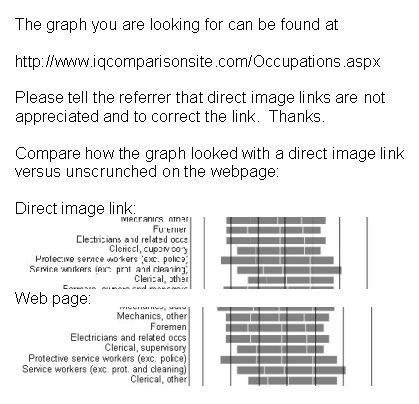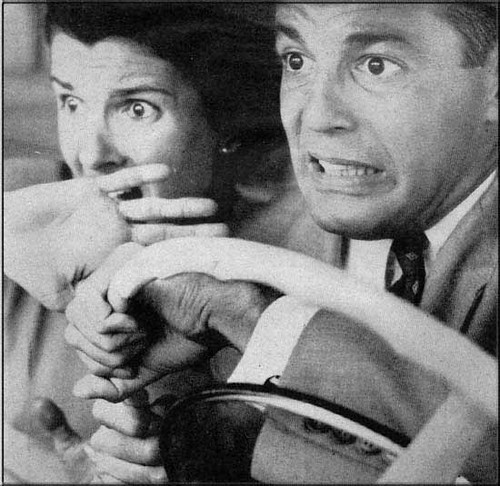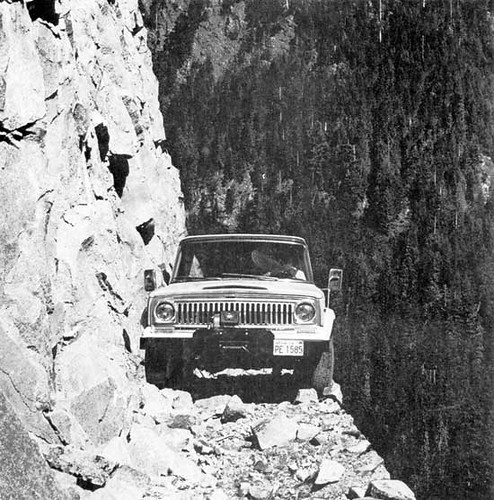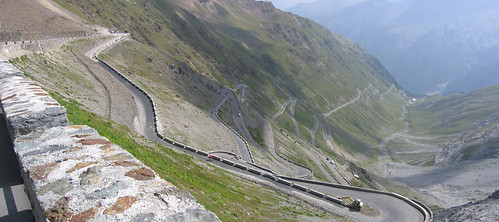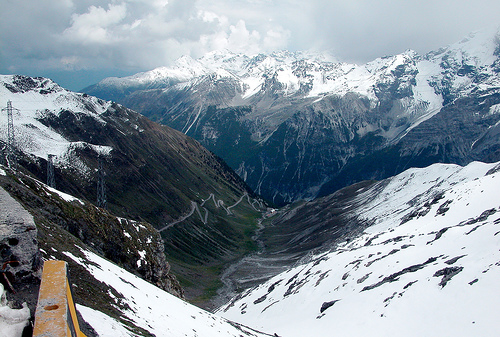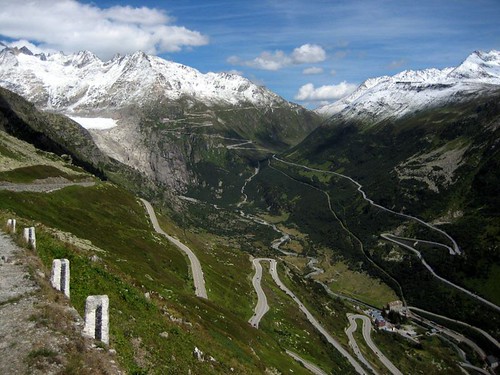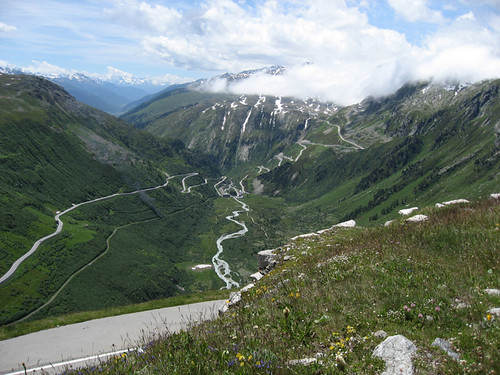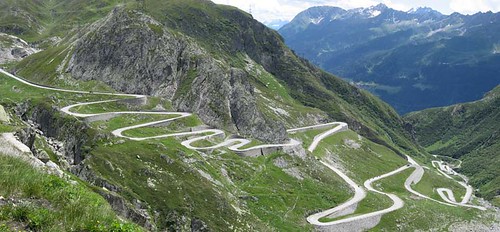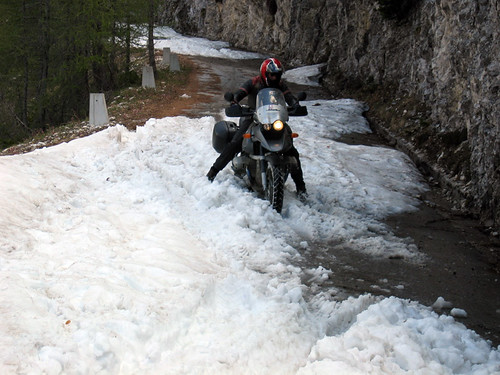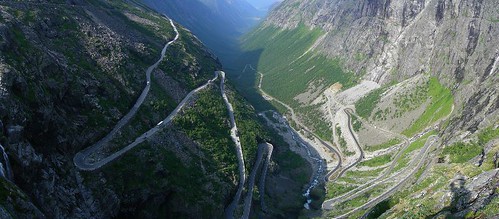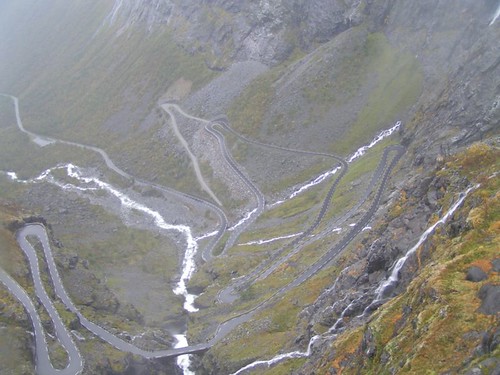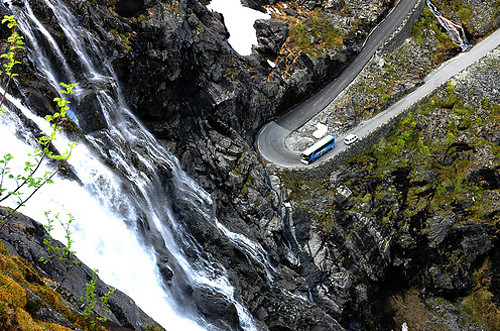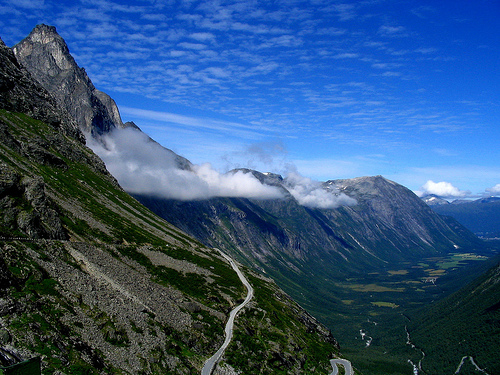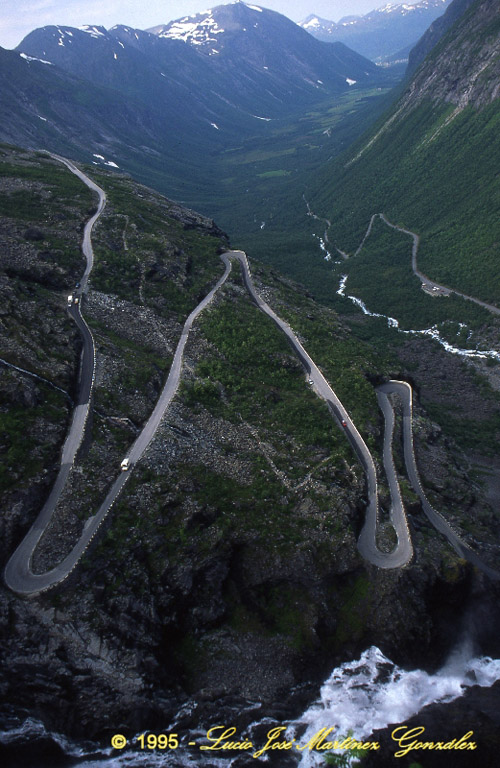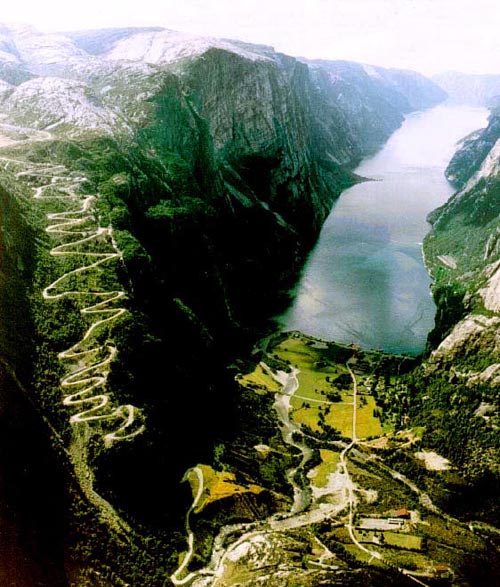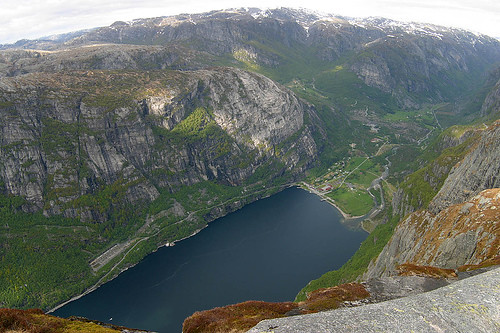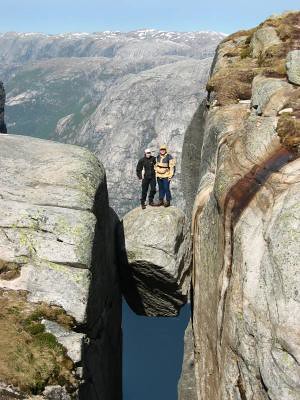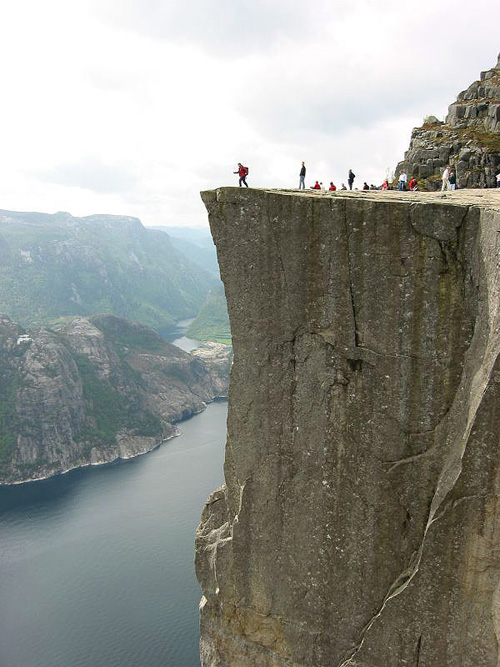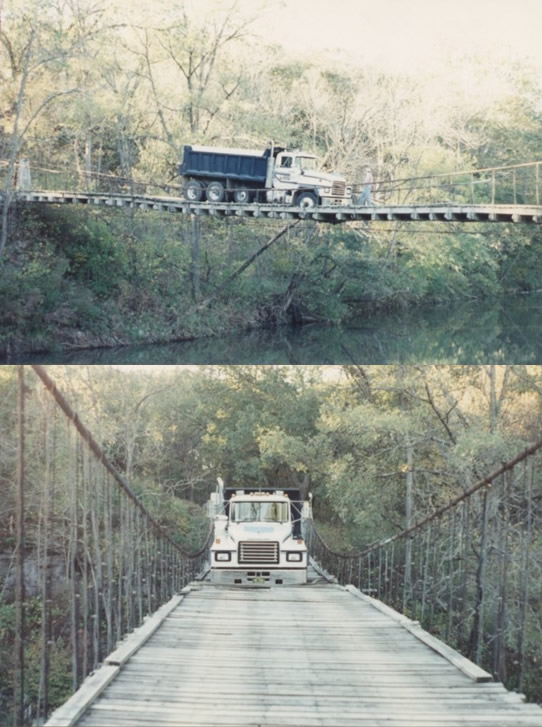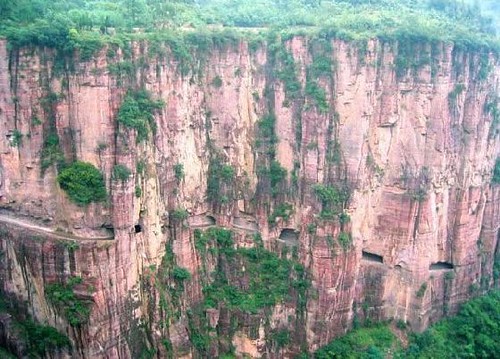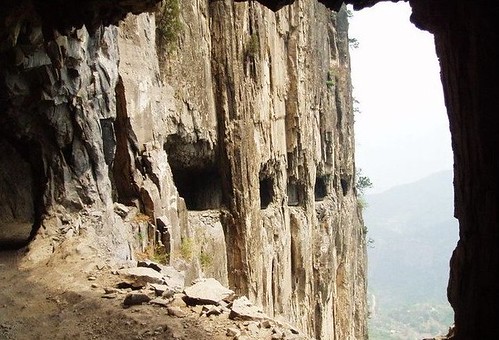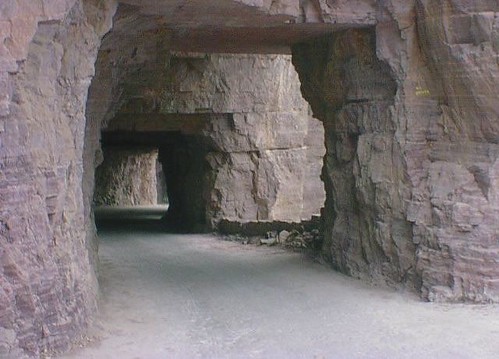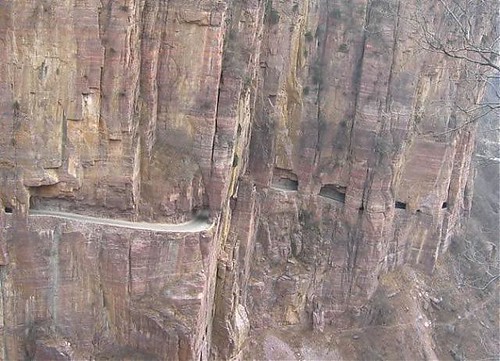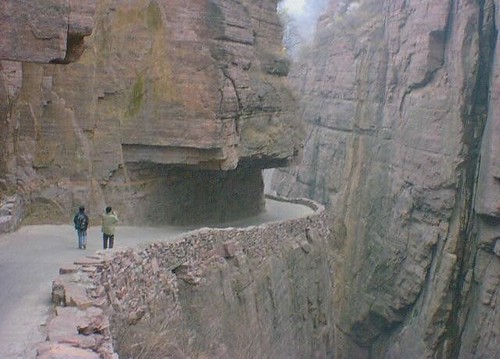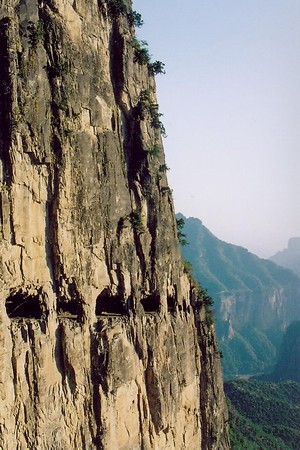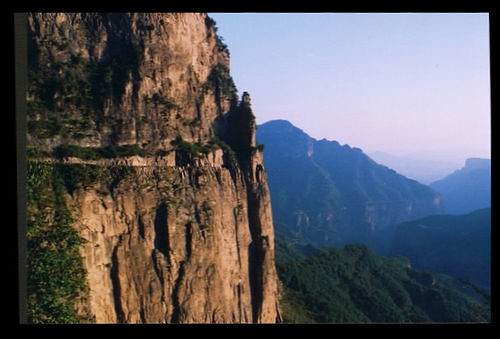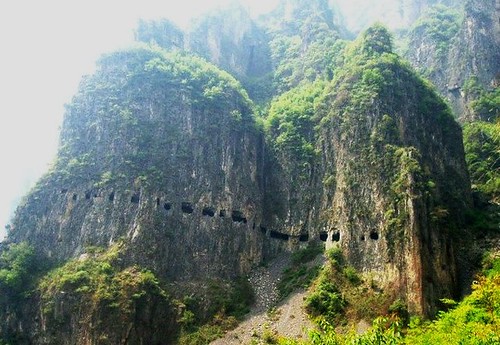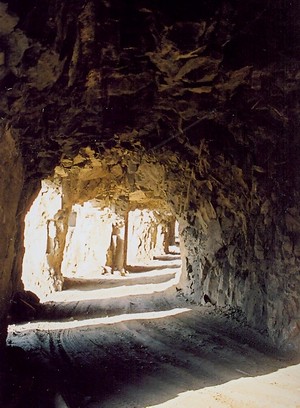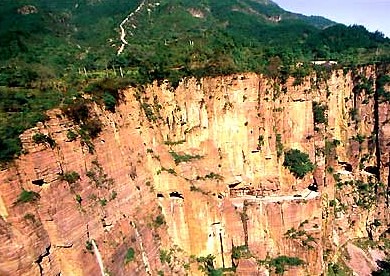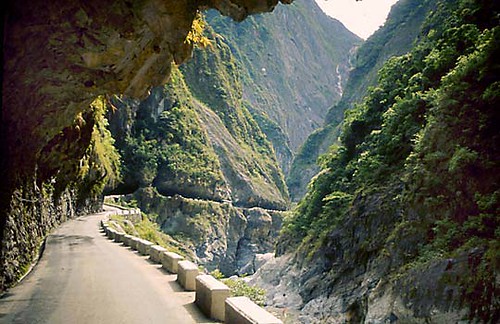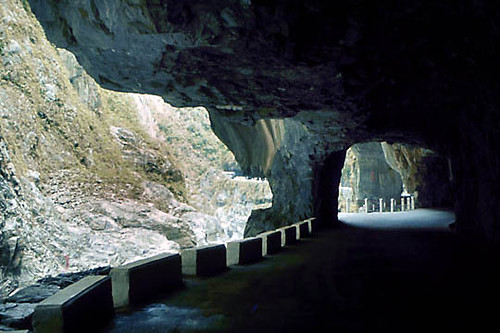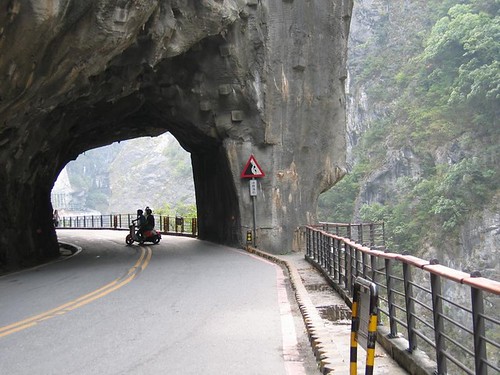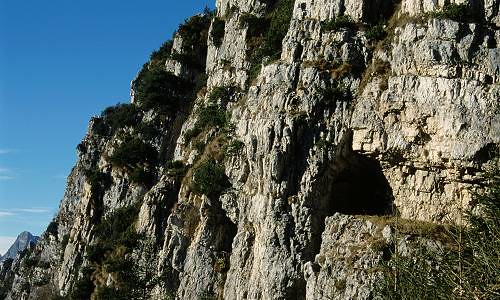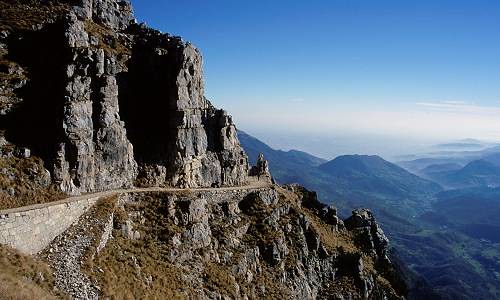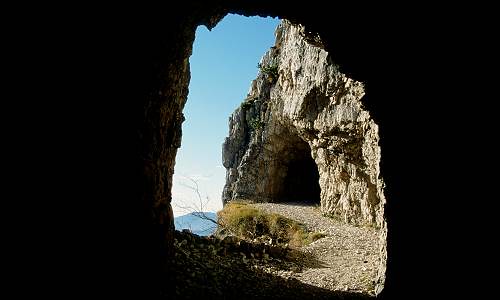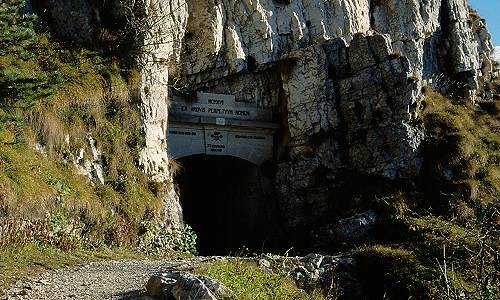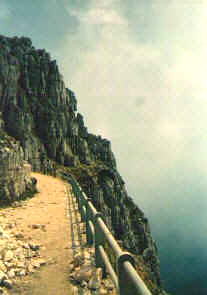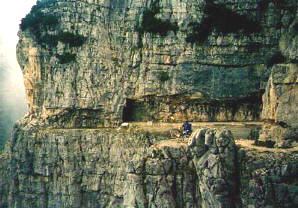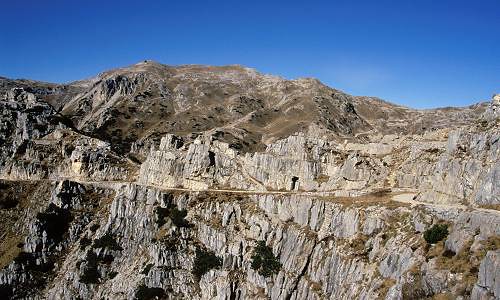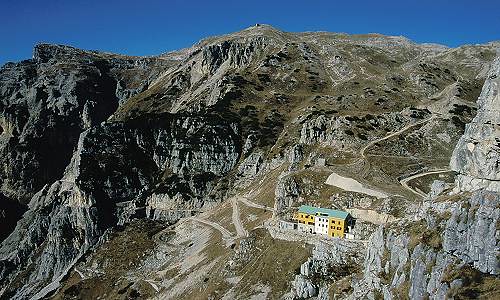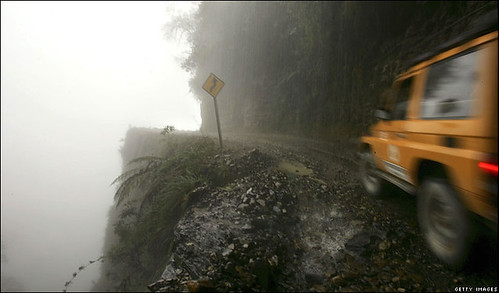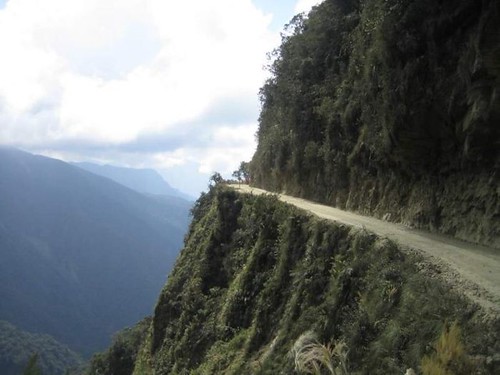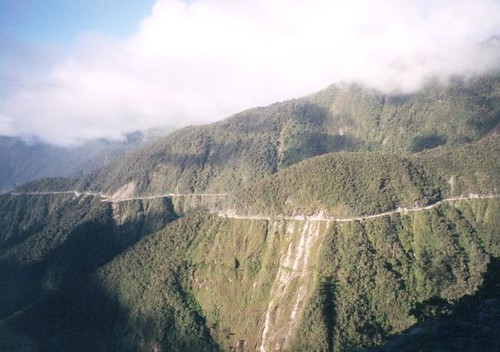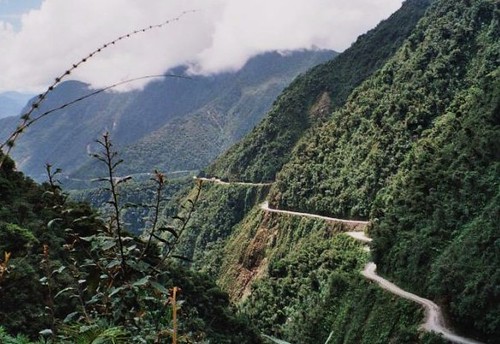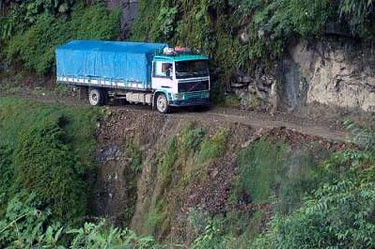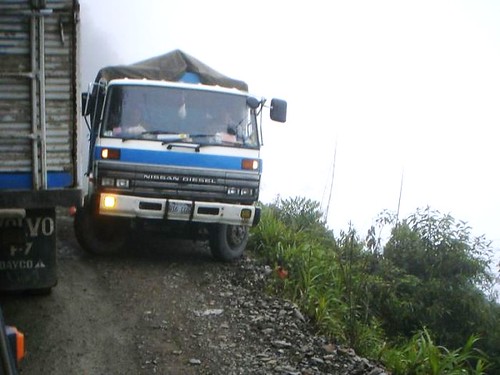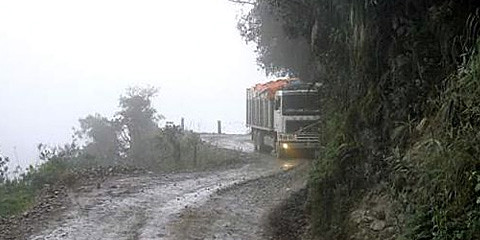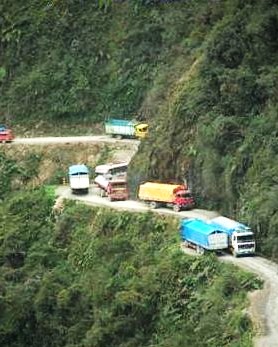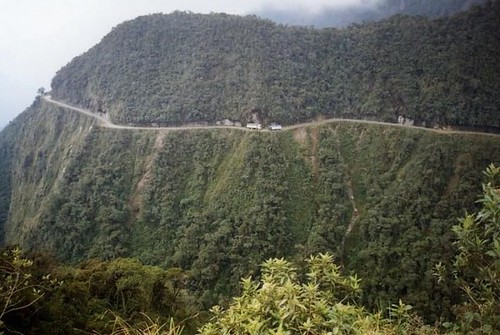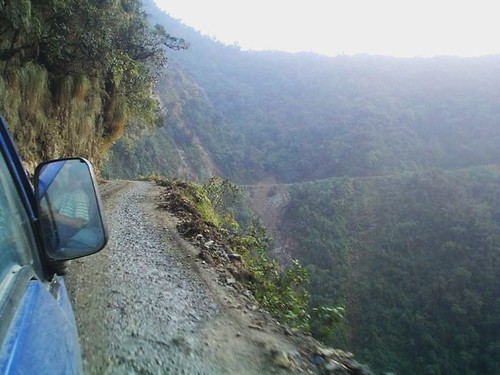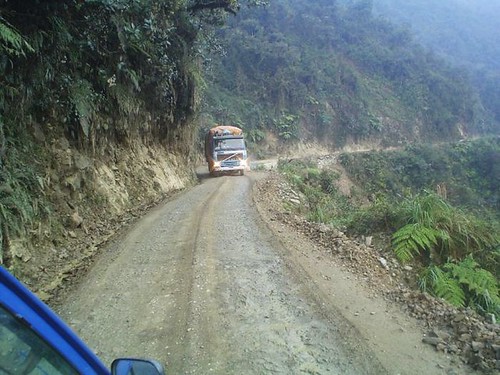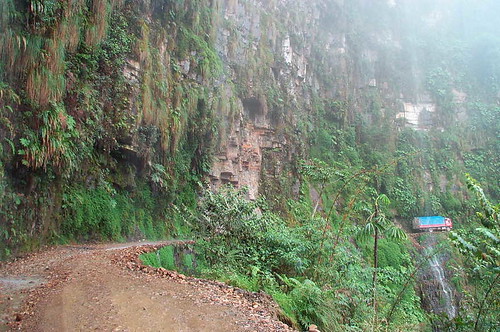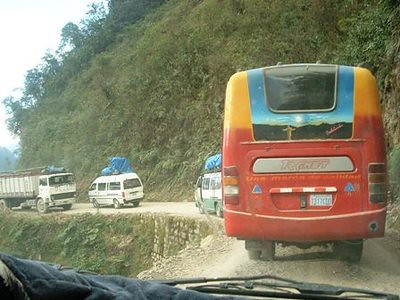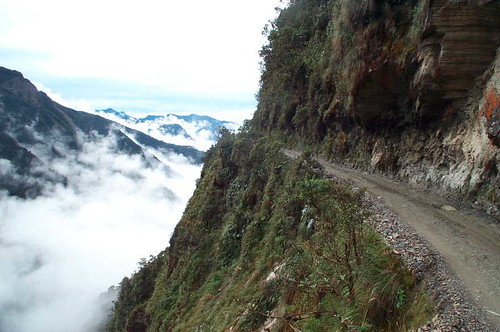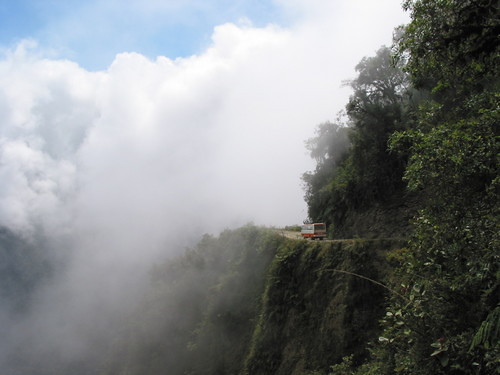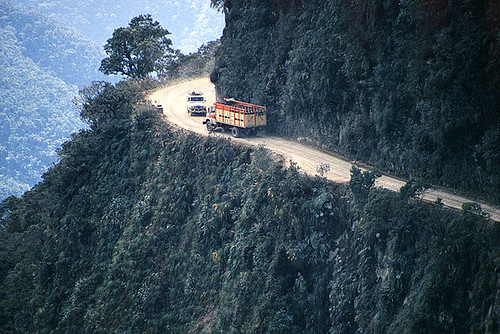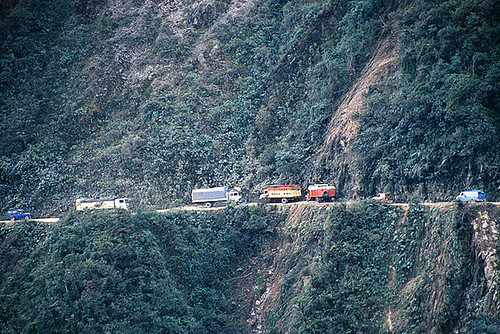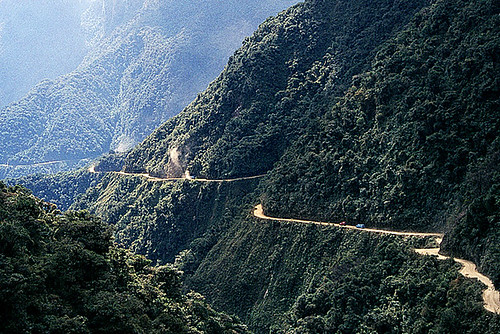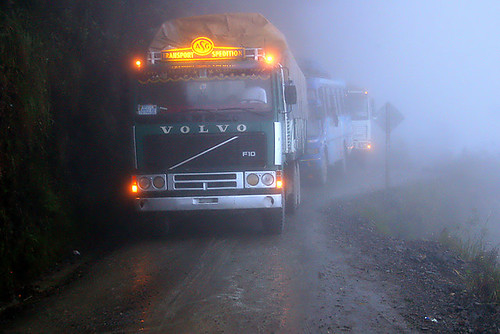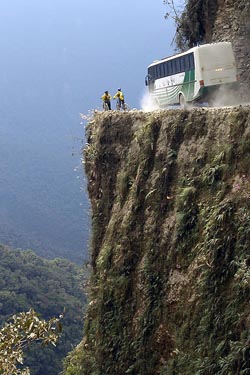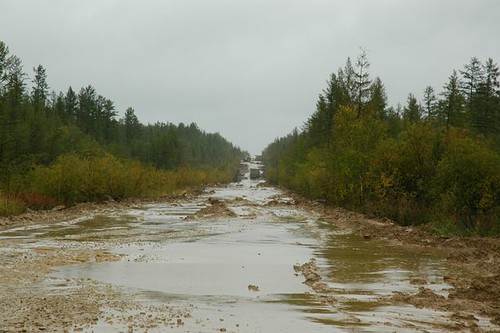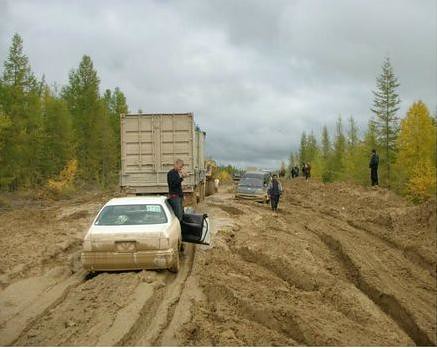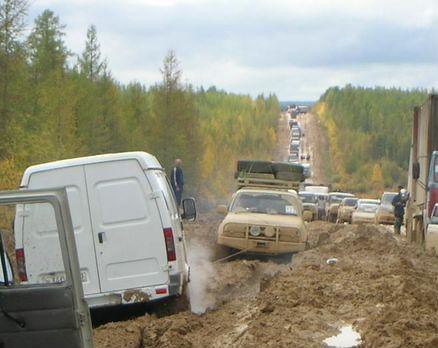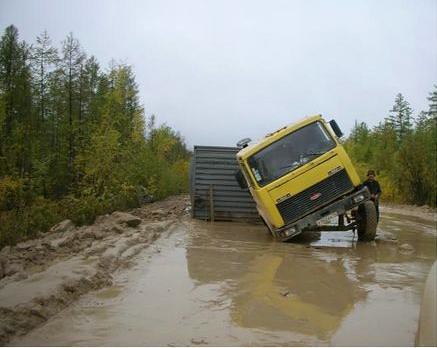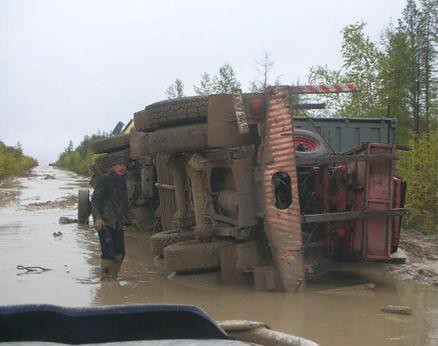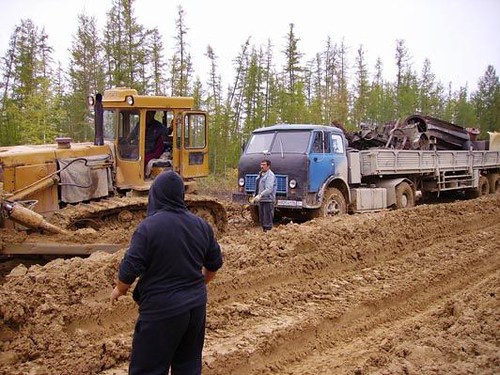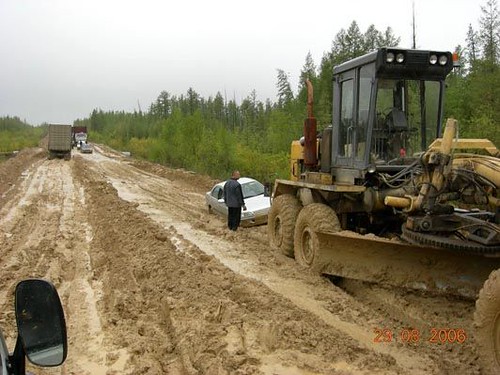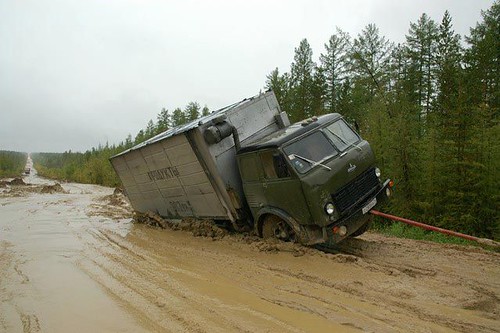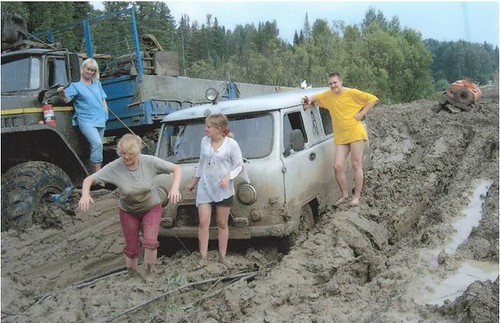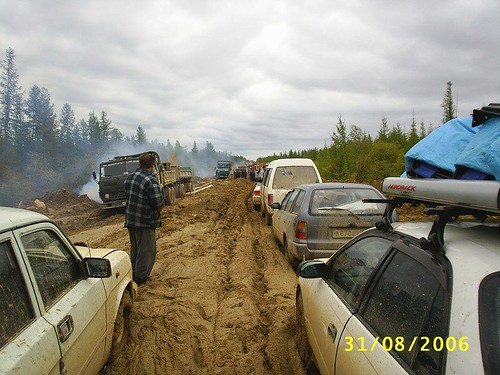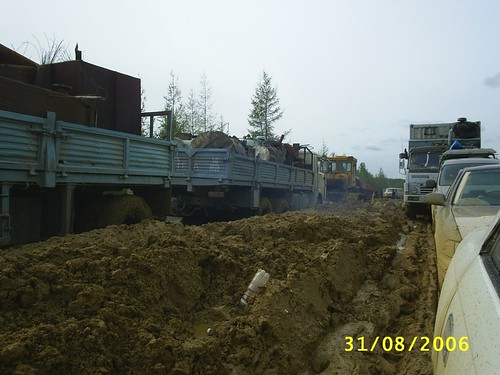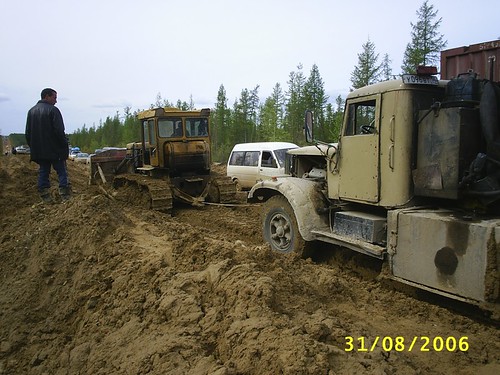How to Write a Resume
Also try: How to Write a Cover Letter
Step 1: Before You Write Your Resume
- A resume provides an overview of your experience and skills. As such, it is an important tool in any job search.
- A resume cannot guarantee you a job offer, but a great resume will help you get an interview. So spending the time to make your resume as good as it can be is a worthwhile investment!
- Before you begin constructing a resume, take the time to think about your experience and what type of job you're looking for.
- If you're re-entering the workforce, you may pick a different format than someone who's been working continuously.
- A recent college graduate will focus more on educational background than an experienced worker.
- If you're changing careers, you may opt for a different format than someone who is remaining in his current field.
- Take a look at some sample resumes online. Boston College , the Wall Street Journal, Vault.com and the University of Florida have some good examples.
Do Research in Your Industry
- The type of job you're applying for will also influence the type of resume you write.
- If there's a style of resume often used in your desired field, consider using it yourself.
- Look at sample resumes from other people in your industry. Is there a section or format they're using? You might want to include it too!
Step 2: Use these Resume Writing Tips
- Here are a few tips to keep in mind as you write or update your resume:
- Be honest.
- It is better to address any gaps in employment than to try to hide them.
- Lying on your resume may get you into an interview, but you still have to go through a background and references check to land the job.
- If you state you can perform a task or operate a program you actually don't know, your lie will be exposed.
- Write out everything you want to include on your resume. You can trim it down to one page later.
- Note: If you have over 10 years of work experience that is important and needs to be included, a resume of two pages is acceptable.
- Employers often scan or upload resumes into electronic databases. For this reason, simpler formatting is the better route to take:
- Try to avoid using tables.
- Use spaces instead of tabs to separate sections.
- Also avoid italics, underlining and shadowed text.
- On that note, perfumed paper, curlicue fonts, and pretty images are all no-nos. You want your resume to stand out, but not for these reasons!
- Use easy-to-read fonts and a clear design to make your resume more appealing.
Step 3: Write Your Resume Objective Statement
 |
| OWL at Purdue University Sample Objective Statements |
- An objective statement is the first thing listed after your personal information.
- The objective statement is a sentence or two that sums up your current career goals.
- An objective statement is not always a resume necessity, but it can be a handy summary of what you're looking for in a position.
- If you're starting your resume from scratch, write your objective statement first. This can help you decide what information to highlight on your resume, even if you ultimately decide not to include an objective statement.
- Do not write a generic objective statement; it is more likely to turn off a prospective employer.
- Example: My goal is to get a rewarding job that pays well.
- Your objective statement should relate to the job you are applying for.
- Example: An experienced public relations consultant, I now seek a position as an account manager where I can utilize my management skills.
- Target this statement to the position you're interested in . This is the first information on the page after your name and address, and it should make the case for you being the perfect person for the job!
Step 4: Choose a Resume Style
- There are several types of resumes:
- You want to think about your situation and create the best resume for your experience and desired job.
- Keep in mind that most recruiters want your resume to show your career progression . Therefore, use a chronological or combination resume unless you are in an exceptional situation. If you have no work history or have worked multiple jobs over a short period of time an unconventional format may show you in a better light.
- Most resumes should fit on one page. However, if the information is truly important and necessary, two pages is acceptable.
- If you have less than 10 years' work experience, you should only need a one page resume.
- It is better to go onto a second page than to leave out important information, such as if you are creating an academic CV and want to include your published works.
- Do not go onto a second page for unimportant information, like personal hobbies, out-of-date skills and achievements from over 10 years ago.
- Pick the the type of resume that is best suited to you and your goals.
- If you're unsure what type that is, try writing your resume in two or more formats, then ask for feedback from friends or relatives. An objective eye may tell you which format is best for you!
Chronological Resumes
 |
| About.com's Sample Chronological Resume, top section |
- This is the most common type of resume.
- It lists your work and educational history chronologically.
- The general layout is as follows:
- Header with personal information (Name, Address, Phone numbers, Email).
- Objective statement (if included).
- Career and skills summary (if included).
- Reverse chronological career listings (include employer names and locations).
- Educational background (School name, location and your GPA).
- (Recent graduates may place education ahead of their career listings).
- List what you achieved in different positions, not what your job responsibilities were.
- Quantify your on the job accomplishments .
- Instead of writing that you improved customer relations, state that customer satisfaction increased 40% while you were in charge.
- Explain the size of the company you worked for, the number of people you supervised, and the size of any budgets you managed.
- Condense unimportant information. There is no need to list every job you've had since college. You can include a quick summary of those early positions in a section labeled "early career."
- If you were recognized or honored for work you accomplished, by all means include that- if it is relevant to the job you're applying for now!
- If you've been in the workforce for several years, your educational background becomes less important. Trimming this section to the basics will leave more room for other information.
Skills Resumes
 |
| OWL at Purdue University Sample Skills Resume, skills section |
- Skills resumes allow you to group your work history by skills , not by dates or places of employment.
- This kind of resume lets you highlight the skills you think are most important; your resume can lead with the most relevant experience you have instead of the most recent.
- This resume style can be particularly useful for someone who is re-entering the workforce, or entering the workforce for the first time, and does not have recent work experience.
- It is also well-suited if you are making a big career change, as you can list skills relevant to the job you're applying for.
- Write a clear objective statement; this can explain how your skills relate to the job you now seek.
- Also make sure to include a career summary; this can explain why you are changing careers or re-entering the workforce.
- The general layout is as follows:
- Header with personal information (Name, Address, Phone numbers, Email).
- Objective statement.
- Career summary.
- Skills groupings.
- List of places of employment (include employer names, locations, and dates of employment).
- Educational background (School name, location and your GPA).
- (Recent graduates may place education ahead of their skill groupings).
Functional Resumes
 |
| About.com's Sample Functional Resume, top section |
- A functional resume is very close in style to a skill-based resume, and can also be helpful for recent graduates or people re-entering the workplace.
- If you've held many jobs over a short period, a functional resume can help you avoid being pegged as a job-hopper.
- More and more people work in temporary and contract positions these days; a functional resume is another way to highlight the skills you used in these positions.
- This style lets you demonstrate how your previous work or educational experience has provided you with the appropriate background for the job you're applying for.
- You do not need to list your jobs in chronological order ; instead, put the most relevant one(s) first.
- You also do not need to list every job you have had in the career listing section; simply include the ones that are relevant.
- You will list all your employers in the short employment history section.
- If you're applying for your first job, by all means include related internships and educational awards- if they truly relate to the job you're applying for!
- Include an objective statement, as it can tie the disparate resume elements together.
- The general layout is as follows:
- Header with personal information (Name, Address, Phone numbers, Email).
- Objective statement.
- Career and skills summary.
- Career listings, by relevancy to desired position.
- Employment history (List all employers here, with dates of employment).
- Educational background (School name, location and your GPA).
- (Recent graduates may place education ahead of their career listings).
Combination Resumes
- A combination resume mixes the chronological, functional and skills formats .
- It's another format used by career-changers and those new to the job market, as you can show why you fulfill the needs of the new position.
- It can also be used by older workers, as this format lets you highlight your strongest credentials.
- The same holds true for people with employments gaps ; this style lets you focus on what you have achieved, not on times when you were not working.
- Make sure to write an objective statement for this format as well.
- The general layout is as follows:
- Header with personal information (Name, Address, Phone numbers, Email).
- Objective statement.
- Career summary (if included).
- Skills summary.
- Reverse chronological career listing; with a focus on skills relevant to the job you're applying for.
- Educational background (School name, location and your GPA).
- (Recent graduates may place education ahead of their skills summary).
Video Resumes
| The well-known video resume "Impossible is Nothing" |
- Job listing sites like Jobster and Vault.com let applicants post video resumes online.
- Video resumes are becoming more popular, but some HR departments are reluctant to accept them, not wanting to be accused of bias. Make sure you can use your video resume before making one!
- Just like paper resumes, a tailored resume is best here. You want this resume to explain why you're qualified to work in a specific position or industry. An elaborate but unrelated production will not be appreciated.
- To make your video resume:
- Dress as if for a job interview.
- Speak clearly.
- Do not make distracting motions.
- Begin with your first and last name. You can mention more detailed contact information, but be cautious if the video will appear on a public site.
- Then list your educational background.
- Next discuss your qualifications, either work-related or educational, for the position (or for the industry) you're applying for.
- You can mention any special skills you have, if they relate to the job you're applying for.
- End by re-stating your name and thank the watcher for her time.
- Here's an example of what not to do in your video resume:
| Video Resume Parody: Impossible is the Opposite of Possible |
Step 5: Tailor Your Resume
- It is more and more common to have a resume tailored to each position you are applying for, instead of using a "one size fits all" model.
- Your resume should highlight why you are qualified for the position you're applying for.
- Remove extraneous information. Do not detail every job experience you have had if it does not relate to the job you're pursuing.
- Remember, you want your resume to be only one page (two if you have enough business experience that the extra information is important and relevant)!
- Applying to multiple industries and you want to list varied skills? Write different versions of your resume for each type of job. Just be careful not to send the wrong version out for a job, or you may pre-emptively disqualify yourself for that position!
Step 6: Polish Your Resume
- Now that you've chosen a style and entered your information, it's time to polish your resume!
What Not to Have on Your Resume
- Always check for typos and grammatical errors. Then check again. Then have a friend proofread for you. These types of mistakes are easy to fix, and make a big difference in whether or not an employer will consider you for a job!
- Do not use "I" or "me"; the reader already knows the resume is about your accomplishments.
- In listing your education, only include college and graduate school. The fact that you won a spelling bee in first grade, though commendable, will not help you land a job interview!
- Remove out-of-date terms and technology. Being able to change typewriter ribbons is not a hot skill today.
- Unless specifically requested to do so by the job posting, do not include references on a resume. You can provide these later in the interview process.
Resume Keywords
- With online resume databases and thousands of resumes pouring in via email, many HR departments now perform keyword searches to weed through these submissions.
- This means you need to make sure your resume includes relevant keywords to the industry you're in or it may be overlooked.
- First, make sure you include the keywords from the job listing you're applying to!
- To find other appropriate keywords, study job postings for your field. Chances are the keywords you see cropping up in these ads are also what employers search for.
- Other sources for industry keywords:
- Employer websites
- Industry-affiliated websites
- Messageboards and forums about your career sector
- Government job descriptions like Occupational Outlook Handbook
- Only list keywords that apply to you.
- Only use words for skills you actually have.
- Do not load your resume with multiple keywords saying the same thing; it may help you make it through a database search, but when a human sees the keyword-loaded resume she will immediately put it in the garbage.
Resume Action Words
- Now examine the words you used to describe yourself and your job. Do you sound like a dynamic worker any company would be thrilled to have, or like a ho-hum employee?
- Action verbs like "built" and "led" are better than passive terms like "worked with" and "helped."
- For more verb ideas, check out Boston College's list of action verbs .
- Make your resume special by having it really describe who you are. Instead of generic resume words that are overused to the point of meaninglessness, use words and descriptions that are concise, easy-to-read and relate to who you are, what you've accomplished, and what you aspire to for the future. You want your resume to reflect the real you!
Resume Writing Services
- The online site Emurse offers an online resume-building template. After registering (for free), you can input your personal information and the site will use a template to create a resume.
- Microsoft Word has resume templates and a resume writing wizard you can use. You can also find more resume templates online.
- Be careful using these, as the formatting may make it difficult for companies to electronically scan your resume.
- Check out books about writing resumes, like Resumes for Dummies and The Elements of Resume Style
- Professional resume writing services can be useful if you're stuck on what to do. Check out these professional resume writers' groups to find help.
Articles about How to Write a Resume
- CareerJournal: Tips for Creating a Resume That Downplays Job Hopping (2007)
- WashingtonPost.com: "The Best Resumes Show off Achievements" (2007)
- Time Magazine: "It's a Wrap. You're Hired!" (2007)
- CNN.com: 25 words that hurt your resume (2006)
- New York Times: The Resume Mocked 'Round the World (2006)
- CNN.com: Write your resume in an hour (2006)
- WashingtonPost.com: "Too Many Temp Jobs Can Spoil the Resume" (2005)
- CareerJournal: Should You Pay for Help With Writing Your Resume? (2003)
- Vault.com: Video Resume Tips
- Monster Career Advice: Top 10 Common Resume Mistakes
- Monster Career Advice: Breaking Tradition with a Functional Resume
- Boston College: Using Resume Keywords
- University of Kentucky: How to Write a Resume
- JobProfiles.org: How to Write a Killer Resume - 50 Resources
- Vault.com: Writing A Scannable Resume
- OWL at Purdue University: Resume Styles
- Monster Career Advice: Is a Combination Resume Right for You?
- OWL at Purdue University: Resumes: Objective Statement
- Eastern Wyoming College: Writing Your Resume
- LifeClever: The 7 deadly sins of résumé design
- LifeClever: Give your résumé a face lift
Have any great tips on How to Write a Resume? Post your thoughts to the discussion board or email them to Sara: sara at mahalo dot com.
Related Searches
How to Write a Cover Letter | How to Nail a Job Interview



 Abstract photography is nothing new, and people constantly come up with new — or re-invent old — versions of photography techniques. One of the ones that is going like wild-fire (excuse the pun) around the interwebs at the moment is the art of photographing coloured smoke.
Abstract photography is nothing new, and people constantly come up with new — or re-invent old — versions of photography techniques. One of the ones that is going like wild-fire (excuse the pun) around the interwebs at the moment is the art of photographing coloured smoke.  The two key secrets to smoke photography is inverting the image, and using gray smoke. Say what now? How does that work? Well, Graham explains: "It's quite a simple technique, really. All you need to concentrate on when you are taking the photos themselves, is getting good images of the smoke. The colours are generated digitally at a later stage."
The two key secrets to smoke photography is inverting the image, and using gray smoke. Say what now? How does that work? Well, Graham explains: "It's quite a simple technique, really. All you need to concentrate on when you are taking the photos themselves, is getting good images of the smoke. The colours are generated digitally at a later stage." While smoke in itself can be an interesting subject matter, Graham points out that in his photos, the smoke itself isn't the subject matter, it is merely the tool used to create unusual photographs: "I am not trying to create pictures of smoke; I am trying to create pictures by using smoke". This approach means that you have full creative licence to do what you want to manipulate the smoke as much as necessary — the only thing you have to worry about is getting an impressive final result.
While smoke in itself can be an interesting subject matter, Graham points out that in his photos, the smoke itself isn't the subject matter, it is merely the tool used to create unusual photographs: "I am not trying to create pictures of smoke; I am trying to create pictures by using smoke". This approach means that you have full creative licence to do what you want to manipulate the smoke as much as necessary — the only thing you have to worry about is getting an impressive final result.  When you are photographing, it is easiest to let the smoke rise on its own volition. Instead of trying to manipulate the incense stick, try wafting some motion into the air to disturb the even plume. Alternatively, you can try to create interesting shapes by making the plume turbulent: try introducing a ruler, an upturned spoon, or a sheet of paper into the plume to alter its shape and 'feel'.
When you are photographing, it is easiest to let the smoke rise on its own volition. Instead of trying to manipulate the incense stick, try wafting some motion into the air to disturb the even plume. Alternatively, you can try to create interesting shapes by making the plume turbulent: try introducing a ruler, an upturned spoon, or a sheet of paper into the plume to alter its shape and 'feel'.  Personally, my best smoke photos were taken with a 2000W Bowen studio flash light with a humongous soft-box fitted on the front. I prefer this solution because the softbox gives even lighting, but it can be difficult to limit where the light goes, so the above-mentioned limitations of "no light on your background or camera lens" can get tricky. I find that if you put the soft box really close to the smoke, you can get excellent results. Having said that, my smoke photos aren't nearly as good as Graham's, and he uses a different approach: "For all practical purposes the light used to expose the image comes from one studio flash unit fitted with a snoot and placed at the side or behind the smoke. I realise that not everyone has one of these units, but an off camera flash gun fitted with or placed beside a baffle to protect the background from direct light works just as well."
Personally, my best smoke photos were taken with a 2000W Bowen studio flash light with a humongous soft-box fitted on the front. I prefer this solution because the softbox gives even lighting, but it can be difficult to limit where the light goes, so the above-mentioned limitations of "no light on your background or camera lens" can get tricky. I find that if you put the soft box really close to the smoke, you can get excellent results. Having said that, my smoke photos aren't nearly as good as Graham's, and he uses a different approach: "For all practical purposes the light used to expose the image comes from one studio flash unit fitted with a snoot and placed at the side or behind the smoke. I realise that not everyone has one of these units, but an off camera flash gun fitted with or placed beside a baffle to protect the background from direct light works just as well." Now that you've captured the photos, it's time to take it to your digital darkroom. Crop your image to a composition that works for you, and then use levels or curves to adjust the contrast of your photos. You'll want to make sure that the background is completely black (hold the alt key while adjusting the black-point levels slider in Photoshop, it gives you a preview of what you're actually doing), so it turns into a pure white when you invert the image.
Now that you've captured the photos, it's time to take it to your digital darkroom. Crop your image to a composition that works for you, and then use levels or curves to adjust the contrast of your photos. You'll want to make sure that the background is completely black (hold the alt key while adjusting the black-point levels slider in Photoshop, it gives you a preview of what you're actually doing), so it turns into a pure white when you invert the image.  The best place to go for some inspiration are
The best place to go for some inspiration are 


